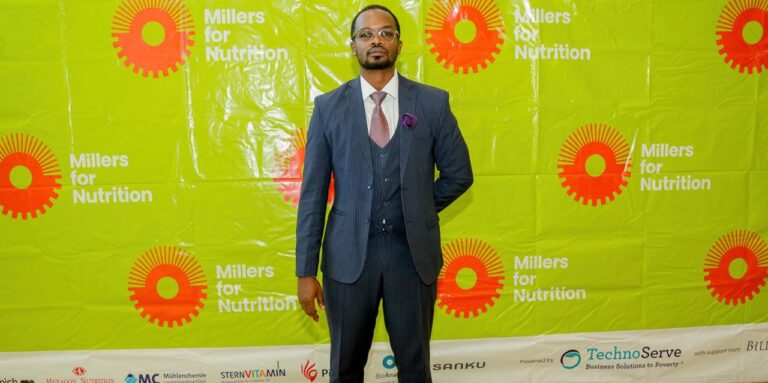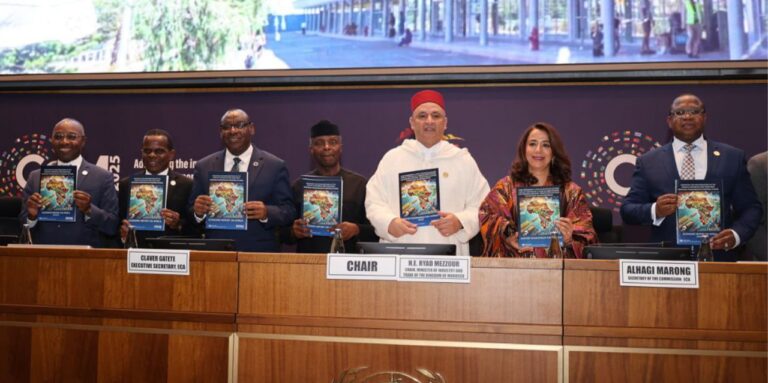The rising debt burden in Africa, particularly among its Least Developed Countries (LDCs), has become one of the most pressing challenges of our time. With debt servicing costs consuming an increasing share of national budgets, the continent faces a growing threat to its ability to achieve sustainable development goals (SDGs). This alarming trend not only undermines macroeconomic stability but also diverts critical resources away from essential sectors like healthcare, education, and social protection.
Africa’s external debt reached a staggering $824 billion in 2021, with many countries dedicating over 40% of their domestic revenue to debt servicing. In some cases, such as Kenya, this figure has climbed as high as 58.8%. The opportunity costs are enormous—funds that could be spent on improving public services or reducing poverty are instead being funneled into debt repayment.
The situation is exacerbated by the shift from concessional financing to more expensive commercial debt, including Eurobonds, which now account for 44% of Africa’s total debt. Unlike concessional loans, commercial debt is subject to volatile interest rates and is far more difficult to renegotiate. Additionally, opaque resource-backed loans have further complicated debt resolution efforts, locking countries into unfavorable terms that compromise their future growth.
The drivers of Africa’s debt crisis are multifaceted. Large-scale infrastructure projects often rely on short-term financing instruments that fail to align with the long-term returns these investments are meant to generate. External shocks such as the COVID-19 pandemic, rising global interest rates, and exchange rate volatility have compounded the problem. Many African currencies have depreciated significantly against the US dollar, increasing the cost of servicing foreign-denominated debts.
Moreover, the continent faces unique challenges in accessing international financial markets. The so-called “Africa premium” results in higher borrowing costs for African nations despite data showing that their default rates are lower than those of other regions. This unjust risk perception continues to hinder Africa’s ability to secure affordable financing for development projects.
The consequences of Africa’s rising debt burden extend far beyond fiscal instability—they threaten the continent’s ability to achieve SDGs and meet the aspirations outlined in Agenda 2063. High debt servicing costs have led to a real decline in health and education funding across many African LDCs. For instance, in 2021, African governments allocated 4.8% of GDP to debt servicing compared to just 2.6% for health and 4.8% for education.
Social protection systems are equally inadequate, with only 12-13% of the population covered in African LDCs. This lack of coverage leaves millions vulnerable to global and regional shocks, including climate change-related disasters and post-COVID-19 effects. Without robust social protection systems, the continent risks deepening inequality and perpetuating cycles of poverty.
Addressing Africa’s debt crisis requires a multi-pronged approach that involves both domestic reforms and international cooperation:
1. Debt Transparency and Accountability
African nations must prioritize transparency in their borrowing practices, particularly when it comes to resource-backed loans. As African Development Bank President Akinwumi Adesina has emphasized, opaque loans complicate debt resolution efforts and undermine trust between creditors and borrowers. Implementing frameworks for responsible borrowing and fiscal transparency will be crucial in fostering confidence and attracting investment.
2. Timely Debt Restructuring
The G20 Common Framework for Debt Treatment offers a mechanism for restructuring unsustainable debts but has been plagued by coordination challenges among creditors. To ensure its effectiveness, stakeholders must streamline negotiations and adopt predictable processes that encourage participation from all parties involved. Timely restructuring is essential for restoring fiscal stability and unlocking resources for development priorities.
3. Increased Concessional Financing
Concessional loans provide long-term financing at low interest rates, making them a vital tool for low-income countries grappling with fiscal pressures. However, access to concessional financing has declined significantly in recent years. International financial institutions must reverse this trend by offering flexible terms that align with countries’ development needs rather than imposing rigid conditionalities that stifle growth.
4. Domestic Resource Mobilization
African nations must strengthen their capacity to generate domestic revenue through measures such as broadening the tax base, reducing tax evasion, and digitalizing tax collection systems. Innovative public-private partnerships can also play a role in financing infrastructure projects without relying solely on external borrowing.
5. Integrated National Financing Frameworks (INFFs)
INFFs align available financing with national development plans, helping countries prioritize spending on SDGs while managing fiscal risks effectively. By adopting this approach, African nations can create fiscal space for sustainable development without compromising their financial stability.
The responsibility for addressing Africa’s debt crisis lies not only with governments but also with development partners and international financial institutions. African leaders must demonstrate better governance and accountability in managing public budgets and debts while setting realistic revenue targets that safeguard spending on priority sectors like healthcare and education.
Development partners should provide technical assistance where needed while offering concessional loans and grants with fewer strings attached. Collaborative platforms like the Global Sovereign Debt Roundtable can facilitate dialogue between creditors and debtors to tackle rising debt burdens more effectively.
While Africa’s rising debt burden poses significant challenges, it also presents an opportunity for transformative change in how the continent approaches financing for development. By adopting sustainable borrowing practices, improving domestic resource mobilization, and fostering international cooperation, African nations can navigate this crisis while laying the foundation for inclusive growth.
As Adesina aptly noted “Africa is the best investment destination in the world.” With its immense potential in renewable energy, infrastructure development, and digital innovation, Africa has all the ingredients needed to thrive—provided it can overcome its debt challenges through bold leadership and strategic action.
It is time for Africa to reclaim its narrative by turning its fiscal vulnerabilities into strengths that drive sustainable development for generations to come.







